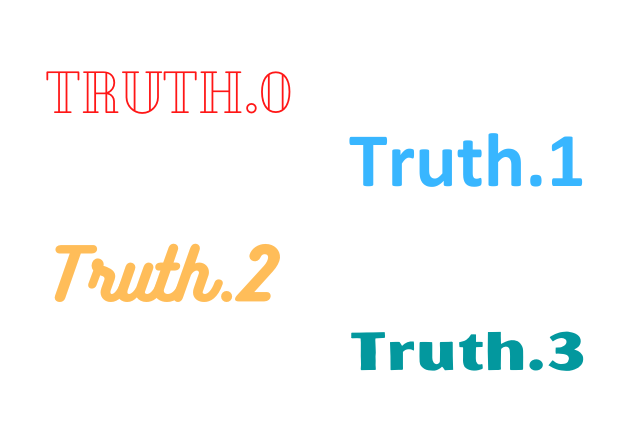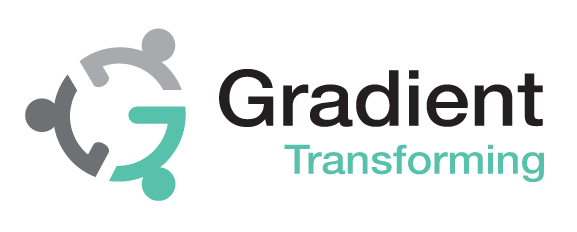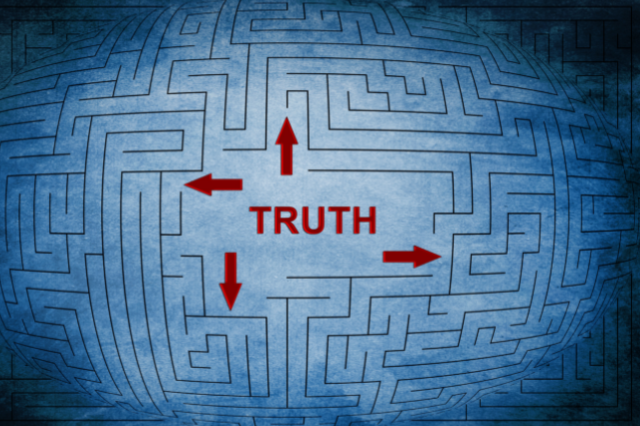Did you read the title and think, ‘geez, who doesn’t know how to spell the word ‘whole’?!!’.
And if you did, are you now thinking ‘click-bait’ and looking for the close-tab button?! Or has your curiosity been sufficiently piqued with the reference to ‘ERP selection’ for you to read further and find out what on earth we’re on about?
If so, read on.
What is ‘the truth’?
The glib answer is it depends!

How many versions of the truth are you fighting within your business?!
Perhaps you have had first-hand experience with this and know how it can adversely impact an organisation’s ability to make informed decisions and become more effective and more efficient.
Different versions of the truth might be from one or more of the following:
- Data residing in multiple systems or sources
- Infrequent or poorly synchronized updates, if at all
- Errors or discrepancies creeping into disparate data sets – data is not ‘clean’
- People ‘massaging’ or correcting data in their own tools
- People collating additional data which is not shared elsewhere in the organisation
- Incomplete data through deficiencies in the current system(s)
- Poor or inadequate management of data security for who can access what

Even if your data is squeaky clean and in a single system, there is no guarantee that one person’s understanding of the ‘truth‘ would be the same as someone else’s – perceptions can change depending upon the context in which data is presented.
Although one might simply comment that this image is an optical illusion, it nonetheless shows how the same ‘data’ can be perceived in more than one way. Do you see an old lady or a young debutante? Or perhaps both?!
When one is dealing with complex data, and dependencies like one gets in an ERP system, it’s crucial to get everyone ‘on the same page’ and using the same version of the truth, even if it might mean different things to different people.
What is the ‘hole’ truth?
FACT: No ERP system will give you 100% of your desired capabilities.
FACT: There will be holes in any ERP system’s capabilities.
FACT: Those holes differ between ERP systems.

Discovering how many holes, how wide and how deep they might go, will be your key to selecting the right system. Obviously the closer you get to 100%, the better, but in practice if you get above 90% you’ll be doing well. Your success will depend on you figuring out where the 10%-20% potholes might lay hidden on the road ahead.
Our experience in planning a safe journey to avoid these potholes is threefold:
- Asking you and your business the right questions (discovery).
- Asking the ERP vendor or partner the right questions (requirements).
- Identifying where a vendor’s answer might be hiding more than it reveals (analysis).
Vendors on the whole do not misrepresent their capabilities. However, given a bit of wriggle room for interpretation, they may answer a question in a way which may appear to be reasonable to an inexperienced eye. But with our experienced eyes, we are uniquely placed to spot where a vendor might be struggling to give an answer that really addresses the question.
Unless you have people with a long and successful history in engaging with multiple ERP vendors and capabilities, then you really would benefit from our expertise, our independence and our agnostic view of what solutions might be best for you.
The ‘hole’ truth and nothing but the truth.
The size and distribution of the holes in any ERP solution will help you select the best solution. Provided we make your project team aware of the potential holes along the implementation journey, then these holes can either be skirted around in good time or filled-in as required.
Why not contact us today to get the hole picture?


